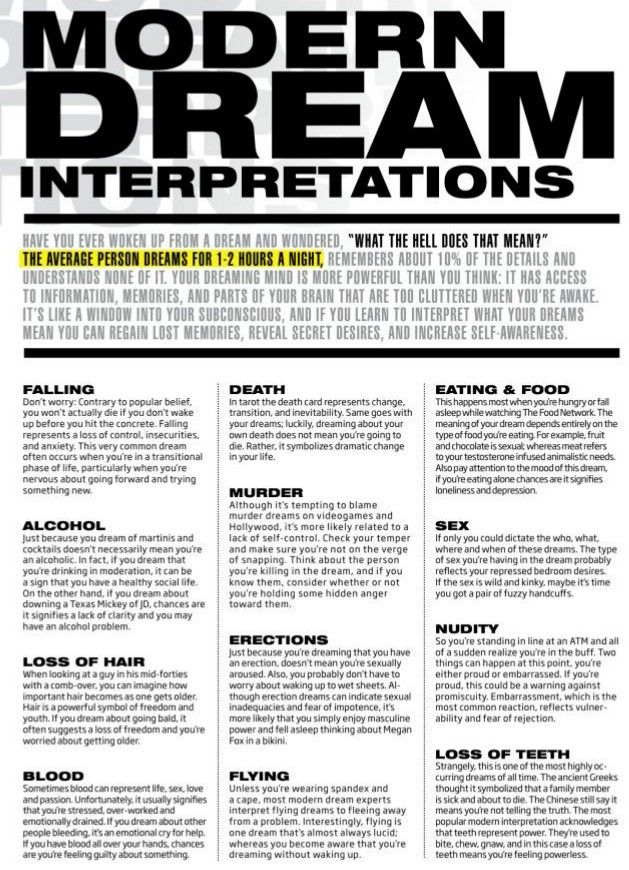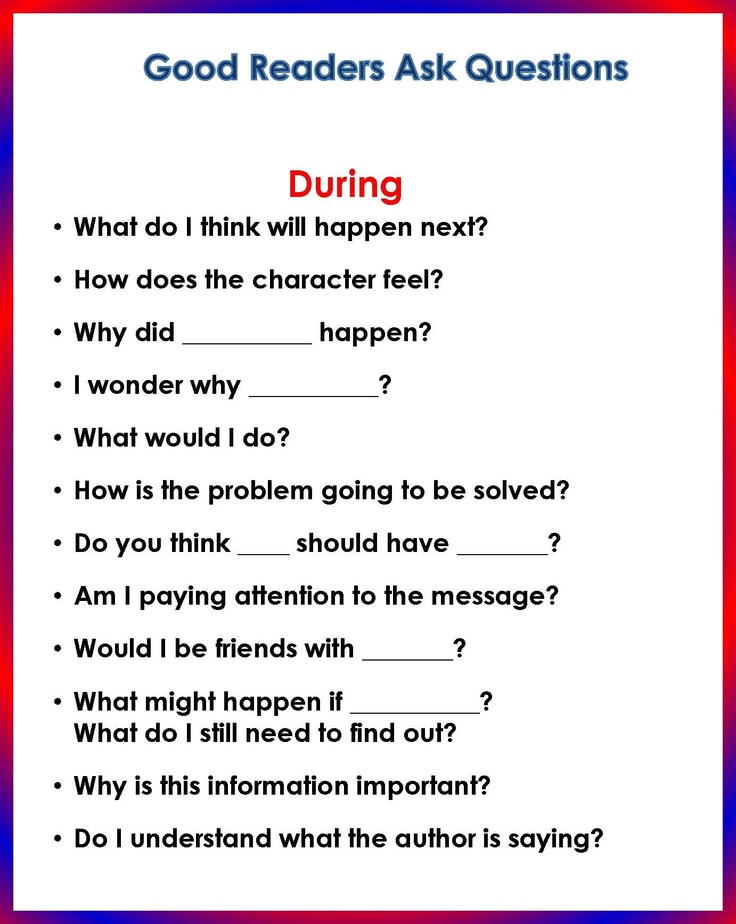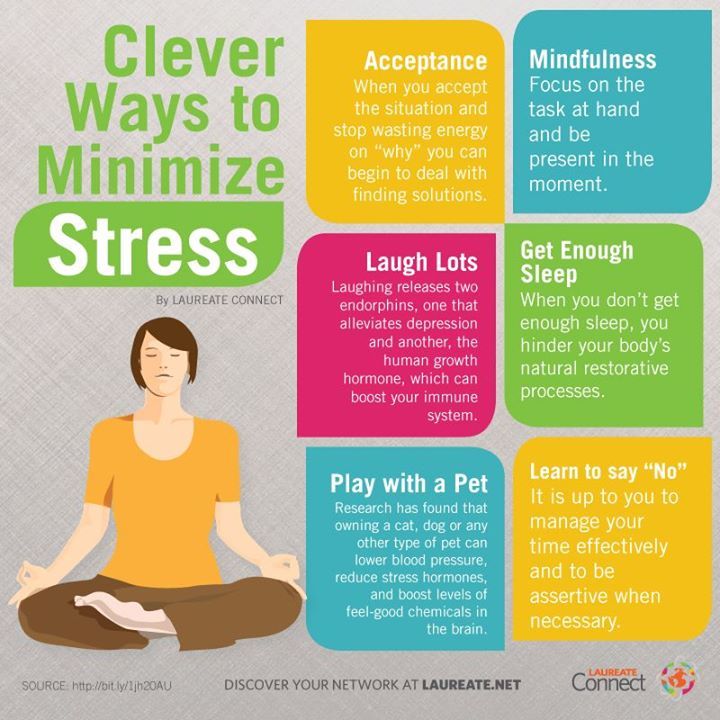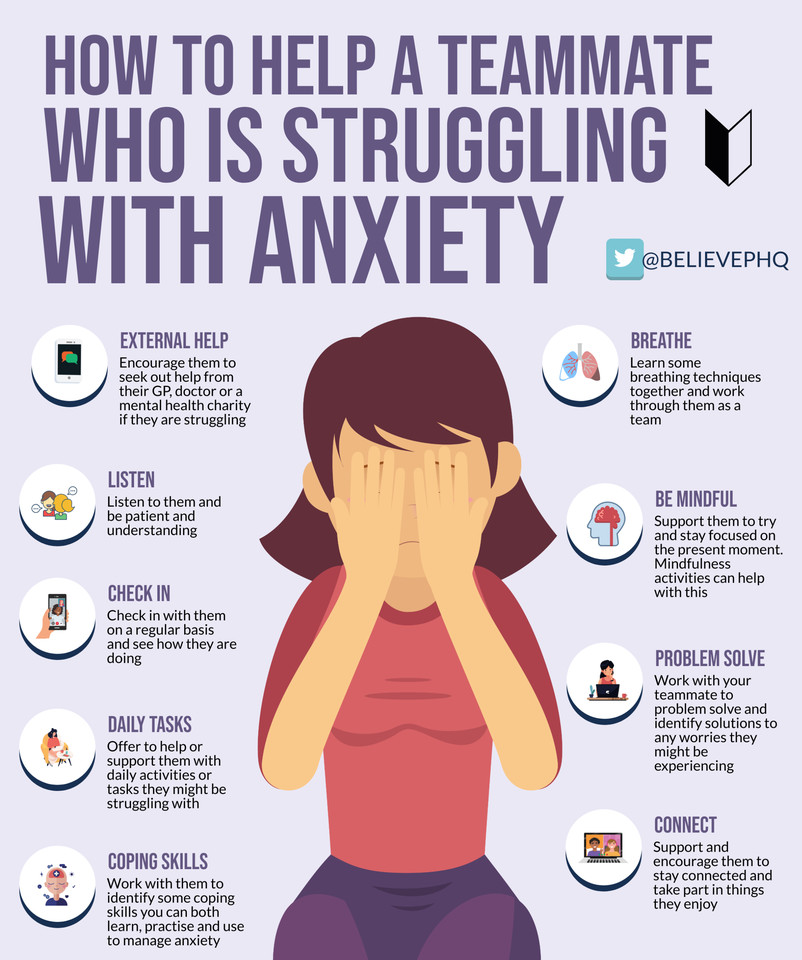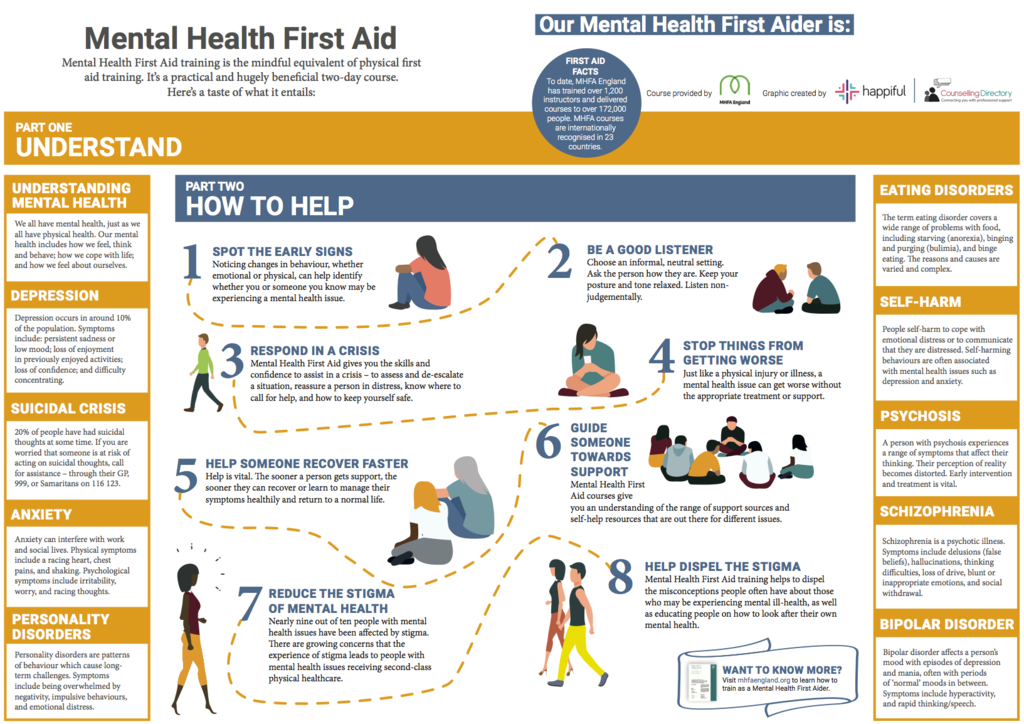How to control what you dream about
Is It Possible to Control Your Dreams?
For centuries, people have been fascinated by dreams and their meanings. Dreams can be entertaining, puzzling, or downright terrifying. But what if there was a way to control them? Some researchers believe that it may be possible to not only control your dreams but to use them for personal growth and healing.
Dreaming is your brain’s way of releasing your thoughts, emotions, and the things you have seen throughout the day. Suppressed emotions find their way into your dreams when they aren’t addressed. What you watch and the time you watch it can also impact your dreams.
If you have nightmares or dreams that disturb your sleep, you may wonder if there’s a way to control them. Keep reading to learn more about dream control and how you can start using your dreams to your advantage!
Do You Have Control Over Your Dreams?
Most times, you are unaware when you are dreaming. You’ll most likely wake up and realize that you were dreaming after the fact. Sometimes, even remembering dreams can be difficult. As strange as it may seem, there are some ways to control your own dreams.
Lucid Dreaming
Lucid dreaming is a state of consciousness in which the dreamer is aware that they are dreaming. More than 53% of people experience lucid dreaming at some point, but less than half of these people can lucid dream regularly.
Lucid dreaming research published in the National Library of Medicine explained that lucid dreaming features a hybrid state of consciousness with definable and measurable differences between waking life and rapid eye movement (REM) sleep. Researchers found that people who have lucid dreams show more activity in front of their brains than those who don’t.
During a lucid dream, the dreamer may be able to control their actions and surroundings. Lucid dreaming occurs during REM sleep when the whole brain is most active, excluding the pre-frontal cortex (the part responsible for planning & logic). Although anyone can have a lucid dream, some people are more likely to experience them than others. People prone to lucid dreaming often have higher levels of self-awareness and mindfulness.
People prone to lucid dreaming often have higher levels of self-awareness and mindfulness.
They may also have difficulty distinguishing between reality and fantasy. Lucid dreaming can be a powerful tool for self-exploration and creativity. It can also be used to overcome fear, anxiety, and nightmares. For some people, lucid dreaming is a way to live out their wildest dreams.
Others use it as a form of therapy to treat health conditions and work through traumas and challenges in their lives. People often use light or sound stimulation during REM sleep to induce a lucid dream. This helps the dreamer to become more aware of their surroundings and increases their chances of having a lucid dream. However, there is no guaranteed way to induce a lucid dream.
Some people may spontaneously have one without any outside stimulation. Lucid dreaming can be an exciting and enriching experience for anyone interested in exploring their unconscious mind.
Dream Shifting
Many people believe they are stuck with their dreams, but this isn’t necessarily true.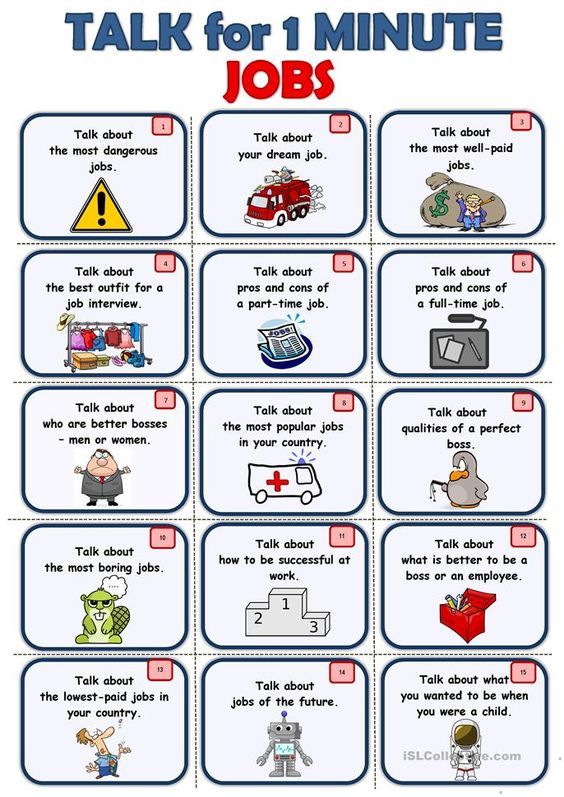 Just as people can change their physical reality through effort and intention, it’s also possible to change their inner reality.
Just as people can change their physical reality through effort and intention, it’s also possible to change their inner reality.
One way to do this is through a process called dream shifting or reality shifting. Dream shifting is a technique for changing the content of your dreams. By becoming aware of your dreams and actively choosing to change them, you can begin to create the reality you want.
When you dream shift, you create an intentional thought before falling asleep. Meditating and focusing on this thought as you fall asleep can bring this same thought into your dreams.
Dream shifting combines lucid dreaming, meditation, and manifestation because of how focused your thoughts and breathing are during the process.
This process can be used to overcome fear, achieve goals, and learn new skills. If you’re interested in making positive changes in your life, dream shifting may be a tool worth exploring.
How to Have Good Dreams
Besides practicing techniques like lucid dreaming and dream shifting, there are some things you can do to have good dreams when you sleep at night.
Maintain good mental health.
When your thoughts are clear, with low-stress levels, and you address your emotions, you are more likely to experience good dreams. Negative thoughts and emotions towards yourself, other people, or situations can bring about nightmares.
Create an ideal sleep zone.
Creating a sleep zone in your bedroom can help promote good dreams. To create a sleep zone, start by clearing out clutter and removing any electronics that emit light or make noise. You should also keep your workspace out of sight to reduce stress and promote relaxation. In addition, consider investing in quality bedding and adding calming decor to your room. By creating a space conducive to rest, you can encourage good dreams and get a better night’s sleep.
Be mindful of what you watch.
Especially close to bedtime, being careful of the things you watch is important. Your brain takes longer to process negative information than positive. If you go to sleep before this information finishes processing, you will likely see them in your dreams. Similarly, watching positive things no more than an hour before bed can bring good dreams.
Similarly, watching positive things no more than an hour before bed can bring good dreams.
Eating before bed.
You should try to avoid eating before bed. Eating should occur at least 2 hours before sleeping. Eating foods that are high in sugar is more likely to lead to bad dreams. If you are hungry before bed, you don’t have to deprive yourself of food. Eating a healthy option is a good choice And if you have options, go for melatonin-rich foods like tart cherry juice, walnuts, and almonds.
Change your sleeping position.
There is some evidence from a small 2004 study suggesting that our sleep position can influence the content of our dreams.
In another 2012 dream research on the effects of sleeping position on dreams, the result suggests that people who sleep on their stomachs are more likely to have nightmares, while people who sleep on their backs are more likely to have pleasant dreams.
So if you’re looking to improve the quality of your dreams, it may be worth changing your sleep position.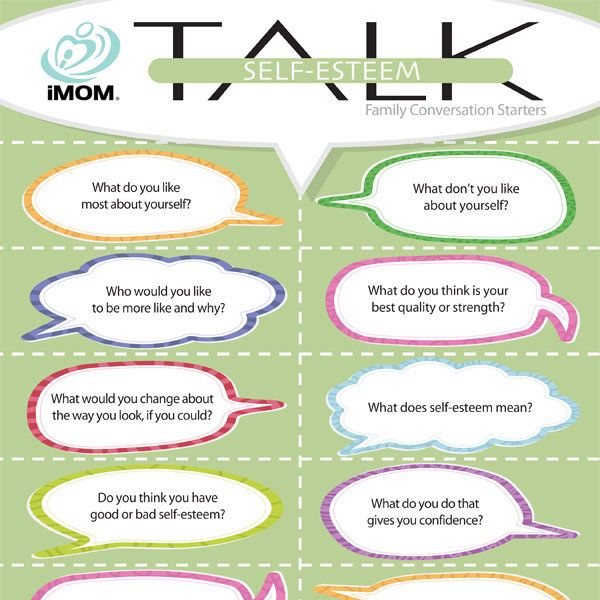 While there is no guarantee that you will have only pleasant dreams, you may find that you experience fewer nightmares. And even if your dreams are still occasionally disturbing, you may find that you can better process and understand them.
While there is no guarantee that you will have only pleasant dreams, you may find that you experience fewer nightmares. And even if your dreams are still occasionally disturbing, you may find that you can better process and understand them.
You can visit the BetterSleep app today for different ways to improve your sleeping habits. You can get quality sleep in no time with things like meditation and soothing sounds.
How to Control Your Dreams
There are several ways to increase your chances of having a lucid dream. While there’s no guarantee that any particular method will work for you, it’s worth trying out different techniques to see what works best. Here are some of the most popular lucid dreaming induction techniques:
1. Reality testing
One of the simplest and most effective ways to induce lucid dreams is to perform reality checks. Every hour or so, perform a reality check by asking yourself whether you’re dreaming or not. Pay close attention to your surroundings and look for clues that might indicate you’re in a dream. For example, are there any impossible objects or people around you? Are you doing something that would be physically impossible in real life? If you can’t answer these questions with certainty, there’s a good chance you’re in a dream state.
For example, are there any impossible objects or people around you? Are you doing something that would be physically impossible in real life? If you can’t answer these questions with certainty, there’s a good chance you’re in a dream state.
2. Keeping a dream journal
Another effective way to induce lucid dreams is to keep a dream journal. Every morning when you wake up, write down everything you can remember about your dreams from the night before. As you become more familiar with your dreams, taking cues from your dream diary, you’ll start to notice patterns and themes. This will make it easier to become aware of dreaming during the dream itself.
3. WILD technique
The WILD (wake-induced lucid dreaming) technique is one of the most effective ways to induce a lucid dream. To do this, you must wake up after several hours of sleep and immediately fall back asleep or try inducing sleep paralysis. As you’re falling asleep, focus on your intention to have a lucid dream.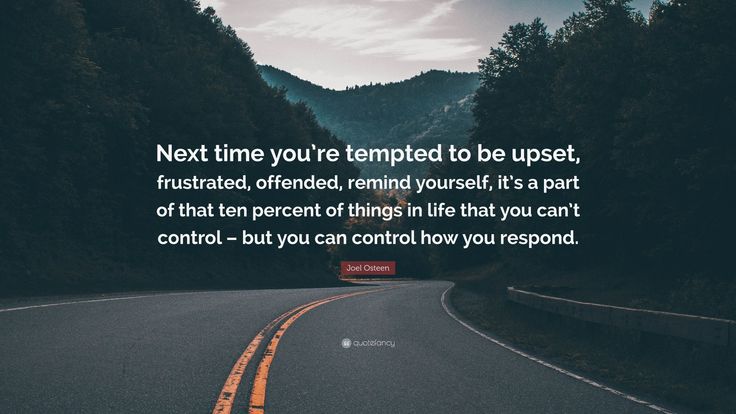 Visualize what you want to dream about and focus on that image. Enough practice makes it possible to enter directly into a dream from this waking state.
Visualize what you want to dream about and focus on that image. Enough practice makes it possible to enter directly into a dream from this waking state.
4. MILD technique
The MILD (mnemonic induction of lucid dreams) technique is similar to the WILD technique, but it doesn’t require you to wake up first. Before going to bed, spend a few minutes focusing on your intention to have a lucid dream. Repeat a mantra such as “I will remember to question reality” or “Next time I’m dreaming, I will become aware that I’m dreaming.” As you fall asleep, keep your intention in mind and try to enter the dream directly from sleep.
5. Chanting/ reciting mantras
Chanting is another popular method for inducing lucid dreams. Before going to bed, chant a mantra such as “I am dreaming” or “Tomorrow I will have a lucid dream.” As you chant, focus on your intention to have a lucid dream. Your voice’s sound will help keep your mind focused and prevent you from falling asleep.
6.
 Visualization
VisualizationVisualization is another effective method for inducing lucid dreams. Close your eyes and visualize yourself in a situation where you become aware that you’re dreaming. For example, imagine yourself flying or walking through a door into another world. As you visualize your dream scenario, focus on your intention to have a lucid dream. Enough practice makes it possible to enter directly into a lucid dream from this waking state.
7. Hypnosis
Hypnosis is a technique that can be used to induce a variety of different states, including lucid dreaming. To be hypnotized, you need to relax your body and focus your mind on the hypnotherapist’s voice. The therapist will then guide you into a relaxed state where your subconscious mind is more open to suggestions. Once you’re in this state, the therapist will give you suggestions for having a lucid dream. For example, they might tell you to “remember to question reality” or “believe that anything is possible.”
Learning how to lucid dream takes time and practice. However, with the right techniques, anyone can achieve lucid dreaming to explore the dream world. Also, the more you practice, the more you can stay lucid and even control what happens in your dreams!
However, with the right techniques, anyone can achieve lucid dreaming to explore the dream world. Also, the more you practice, the more you can stay lucid and even control what happens in your dreams!
Is it Possible to Resume a Dream?
Dreams are incredibly powerful. They can take us to far-off places, introduce us to new people, and help us to process our thoughts and emotions. Dreams can be so realistic that it can be hard to tell if we’re awake or asleep. And sometimes, we wake up in the middle of a dream and wonder if it’s possible to go back to sleep and pick up where we left off.
It is possible to resume a dream, but it requires a certain focus and concentration. When we first fall asleep, our bodies enter into a state of deep relaxation, and our minds begin to wander.
As we drift in and out of sleep, our dreams become more vivid and storyline-driven. If we wake up in the middle of a dream, we can often still remember the details, which means that our brains are still processing the information. If we focus on those details and try to relax our bodies, we can fall back asleep and continue the dream from where we left off.
If we focus on those details and try to relax our bodies, we can fall back asleep and continue the dream from where we left off.
However, it’s important not to get too caught up in trying to resume the dream, as this can ultimately lead to frustration and wakefulness. Sometimes, it’s best to let the dream go and see what new adventures await us in our next one.
How Can I Problem-solve in a Dream?
Dreams have long been a source of inspiration for artists and inventors alike. But can they also be a source of solutions to problems? In the case of August Kekulé, the answer is yes.
Kekulé was a German chemist who struggled for years to unlock the secrets of benzene, a substance that seemed to defy the laws of chemistry. All along, he thought the atoms of all nonchemical molecules were arranged in some straight line with 90-degree side chains coming off it.
After many fruitless attempts, Kekulé finally had a breakthrough in 1865, when he dreamed of a snake biting its tail. This image helped him to see that benzene was a ring-shaped molecule, a revelation that led to major advances in the field of organic chemistry. So while dreams may not always be logical, they can sometimes offer insights that lead to real-world solutions.
This image helped him to see that benzene was a ring-shaped molecule, a revelation that led to major advances in the field of organic chemistry. So while dreams may not always be logical, they can sometimes offer insights that lead to real-world solutions.
If you have a problem you want to solve in a dream, there are some steps you can take to increase your chances of success. First, think of the problem before bed and try to hold an image of it in your mind.
It may also be helpful to write down your problem before going to sleep. Secondly, when you are dreaming, pay close attention to any clues or hints that may offer a solution.
The answer to a problem often comes in a symbol or metaphor. Finally, don’t be afraid to think outside the box. In dreams, conventional wisdom may not always apply. By keeping an open mind, you may be able to find an unexpected but effective solution to your problem.
What to Take Away
Although it is still a mystery how much control we have over our dreams, scientists are making progress in understanding the phenomenon. There are many theories about why and how we dream, but researchers are still trying to figure out the specifics of this mysterious process.
There are many theories about why and how we dream, but researchers are still trying to figure out the specifics of this mysterious process.
So, what have we learned? It is possible to control your dreams. Some people are more successful than others in becoming lucid dreamers, but with practice, anyone can learn how to do it. There are many techniques you can use to increase the chances of having a lucid dream. Once you become proficient at recognizing when you are dreaming, the possibilities for exploration and fun are endless. What will you do with your newfound power?
Lucid dreaming study explains how to take control of our dreams
By Maria Cohut, Ph.D. on August 11, 2020 — Fact checked by Hannah Flynn
The largest study on lucid dreaming to date has identified the best techniques to help people take control of their nightly dreams. This practice could help people in their daily lives, the study author explains.
Share on PinterestLucid dreaming allows people to take control of their dreams. New research now explains how to achieve this phenomenon.
New research now explains how to achieve this phenomenon.Lucid dreaming is a fascinating phenomenon in which a person is aware that they are asleep and dreaming.
Those who are more adept at lucid dreaming are able to control the action and content of their dreams to varying degrees.
But can people learn to lucid dream and perfect their technique? According to a new study that Frontiers in Psychology recently published, the answer is “yes.”
The study author, Denholm Aspy, Ph.D. — currently a visiting fellow in the School of Psychology at the University of Adelaide in Australia — tested the effectiveness of five different techniques in achieving lucid dreaming.
Aspy has been fascinated by lucid dreaming for many years, and in a comment for Medical News Today, he explained how this fascination came about.
“I’ve always been fascinated by lucid dreaming. However, it wasn’t until the start of my Ph.D. in psychology that I started doing scientific research in this area,” he told us.
“I actually had a spontaneous lucid dream the night before my Ph.D. started, and when I woke up, I was so inspired that I decided to immediately change my research topic from nonverbal communication over to lucid dreaming,” Aspy said.
To better understand the phenomenon, the researcher set in motion the largest known study on lucid dreaming to date: the International Lucid Dream Induction Study (ILDIS).
For the ILDIS, Aspy worked with a cohort of hundreds of participants over different stages. Initially, he asked 1,618 volunteers to fill in a dedicated questionnaire before the start of the study.
“A total of 843 participants continued to complete week one of the study, and 355 participants completed week two,” he writes in the study paper.
The final analysis focused on a cohort comprising 190 female participants, 162 male participants, and three participants who identified as “other.” The volunteers ranged in age from 18 to 84 years.
Of the volunteers in the final cohort, 54.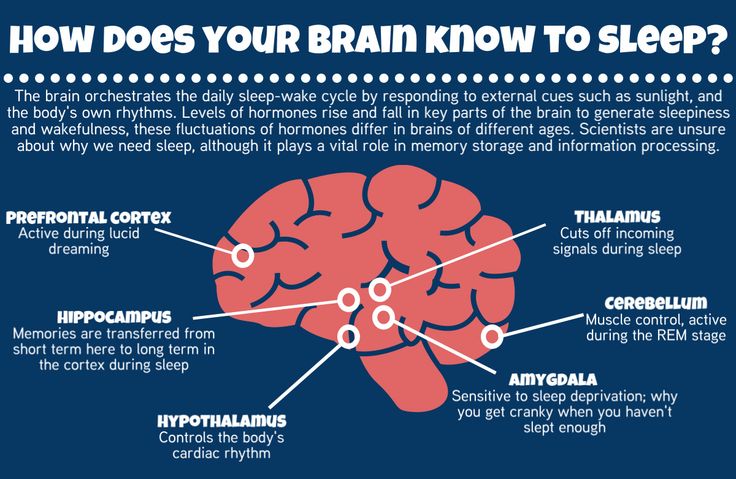 9% said that they had previously engaged with some lucid dreaming induction techniques, though only six individuals reported having participated in other studies on lucid dreaming.
9% said that they had previously engaged with some lucid dreaming induction techniques, though only six individuals reported having participated in other studies on lucid dreaming.
Over the course of the study, Aspy put to the test five different lucid dreaming induction techniques or technique combinations. These were:
- Reality testing: A person has to examine their physical environment repeatedly every day to ensure its reality. If this becomes a habit, a person can end up performing reality checks in dreams and thus realize that they are dreaming.
- Wake back to bed: This involves going to sleep, waking to an alarm after 5 hours, then going back to sleep after a short period of wakefulness. The aim is to send a person straight into rapid eye movement (REM) sleep, a phase associated with dreaming. In theory, this should allow a person to achieve lucid dreaming more easily.
- Mnemonic induction of lucid dreams (MILD): This technique also involves waking up after 5 hours’ sleep.
 However, people practicing MILD should confirm their intention to realize that they are dreaming after returning to sleep. They might do this by repeating the following (or a similar) phrase: “Next time I’m dreaming, I will remember I’m dreaming.”
However, people practicing MILD should confirm their intention to realize that they are dreaming after returning to sleep. They might do this by repeating the following (or a similar) phrase: “Next time I’m dreaming, I will remember I’m dreaming.” - Senses initiated lucid dream (SSILD): This technique also requires waking up after 5 hours, with the difference that the person then focuses on sights, sounds, and physical sensations. They should focus on these stimuli for 20 seconds each before going back to sleep.
- A technique combining MILD and SSILD: After 5 hours’ sleep, the person has to focus on different stimuli from their environment, as well as repeating their intention to remember that they are dreaming when they next fall asleep.
“I chose techniques that were the most widely researched, that seemed the most promising, and that were relatively easy to learn. I then put them in several different combinations to learn as much as possible about how to get the highest success rate,” the researcher told MNT.
Aspy found that of all the techniques, MILD and SSILD were equally the most effective in inducing states of lucid dreaming.
In his study, he observed “no significant correlations” between the other techniques and participants’ success in achieving lucid dreams. However, he noted that in the case of reality testing, this might be due to the relatively short study period.
While the mechanisms by which MILD and SSILD facilitate lucid dreaming remain unclear, in the study paper, the researcher notes that there are some likely explanations for SSILD’s success.
One possibility, the researcher writes, is that repeated focus on the visual, auditory, and other environmental stimuli “causes a generally increased awareness of perceptual stimuli that persists into REM sleep, making it more likely that the practitioner will notice that they are dreaming.”
Aspy also argues that lucid dreaming can have some helpful applications for well-being, which make it an interesting phenomenon to study and a potentially helpful experience to have.
“One of the applications of lucid dreaming is that it provides a way to have vivid, life-like, and fulfilling experiences while dreaming that are not possible for some people while they are awake. This could be due to debilitating medical conditions, but also due to circumstances like self-isolation or quarantine when daily habits are disrupted, and emotional stressors are high.”
– Denholm Aspy, Ph.D.
The researcher also observes that some people may find it easier than others to experience lucid dreams. Often, he explained to us, these are the individuals who have less trouble remembering what they have dreamed about during the night.
The ability to enter lucid dreaming, Aspy told MNT, “is due to many different factors, which we are still in the process of understanding. Some factors that influence dream recall include the amount of time you spend sleeping, the amount of time and energy you spend trying to recall your dreams (this can be improved with practice), and your diet. ”
”
The researcher suggests that future studies should aim to find out the mechanisms that make MILD and SSILD so effective as lucid dreaming induction techniques.
“This may yield potential avenues for refinement,” he writes in the study paper.
Stop controlling everything in your life - Masha Mitrofanova on vc.ru
Control of life - stops all life.
37 views
Life becomes monotonous and monotonous. A person tries to keep everything that he has, so that what does not go according to plan. He does not let change into his life, becomes like a man who grit his teeth, who is afraid to lose everything he has.
Life under the control of the mind stands still, recreating the past over and over again. The mind will never comprehend what the soul knows and desires. Life is in the fetters of the current closed worldview. The boundaries are clearly marked, there is no room for expansion, as well as the possibility of accepting a different paradigm.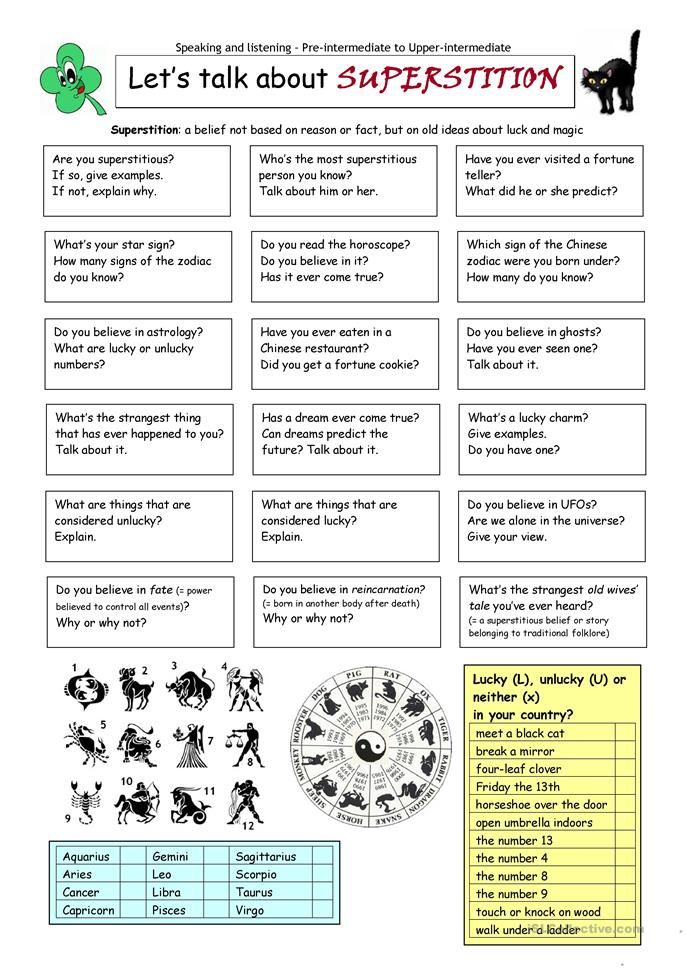
A person who is afraid of losing control is afraid of living. He does not live, he exists.
Following someone's rules, how to live, a person lives within the limits and restrictions set by someone. Or he builds his own illusory castle of existence, which nurtures and cherishes day after day.
A person is afraid to go into the unknown, to create a new future, to create a new self. To be who he already is, to live his life, easy and bright.
However, here you need to be able to withstand the abyss of uncertainty, the pay is large, the results are appropriate.
Wanting to change your life:
- Bring uncertainty and vulnerability into your life;
- Allow yourself to let the new into your life;
- Every day look at everyday things in a new way;
- Seek new, discover, follow your heart;
- Let go of control, go with the flow;
- Relax and get high, don't rush, you already have everything!
Letting go of control and trusting life, a person relaxes, gets high, lives and enjoys every moment.
The more life is controlled, the slower the development goes, the mind is unable to cognize the knowledge and wealth of the soul.
The more life flows, swims, breathes, follows the call of the heart, the brighter the results, faster the speed and power of a person.
There are no shoulds and no shoulds. There is what you want.
Choice-determines the decision to enjoy life or to live according to a fictitious, previously known and planned schedule and plan.
Allow yourself to take those gifts that you have already created in your head, let them happen.
After all, what you dream about and desire, you already have, only limits and beliefs prevent it from becoming a reality.
Living in a vicious circle, dreams and desires come true very slowly, often nothing new happens...everything goes according to plan.
Let go of control, enjoy, shine. Trust life, it will take you where you need to go, in the best and fastest way.
Open your heart, expand your mind, let go of the past, manifest in the present and create a new future!
Celebrate your life every day! Live every day like it's your first! After all, this is really a new day that you never lived. Feel... fly bright!
Calmness, only calmness! How to control nerves, emotions and mood 12+
Fedorenko P.A.
Series: Life-Changing Smart Training
Only 1 left.
536.50 rub.
-20% after registration
Available in 1 store
Irkutsk, SellLit World of Books
The price in the store may differ
from the price indicated on the website.
Share link B:
Publishing House: AST
ISBN: 978-5-17-17-134646-1
barcode: 9785171346461
Pages: 352
Cover type: 2021
NATU :10%
Weight: 3
Age: from 12 years old
Code: 89416
Description
Nerves are failing, depression overcomes, mood changes, irritation and apathy are growing, anxious thoughts do not let you sleep well In a word, everything is bad so much so that life does not please And then there are bad habits, excess weight and fear of getting sick with something incurable There would be a magic pill to drink it - and everything would be good and joyful! There is no magic pill, but there is this book that will help you put your nerves in order, develop self-control skills, get rid of fears and the desire to kill everyone who is "already tired.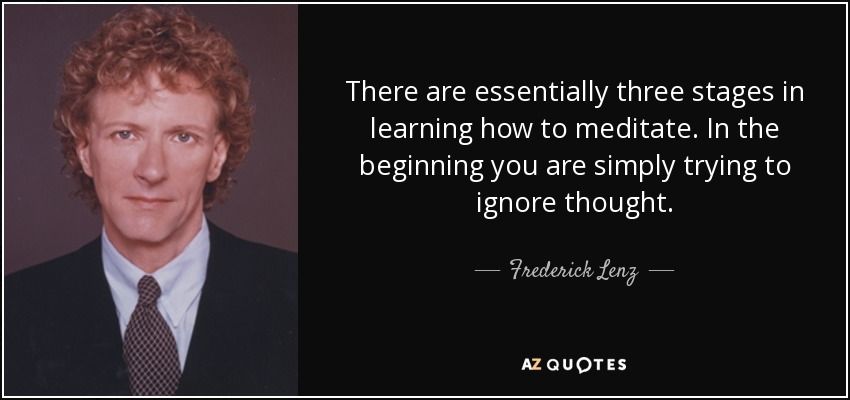 " Careful reading of the theory and honest implementation of practical tasks guarantee a calm attitude to life, sound sleep and an excellent figure (yes, excess weight is also often "from nerves").
" Careful reading of the theory and honest implementation of practical tasks guarantee a calm attitude to life, sound sleep and an excellent figure (yes, excess weight is also often "from nerves").
See all
732.00 rub.
-20% after registration
Happiness with or without rules. Don't forget to take your brain with you when you go with your heart. (2023)
Shavrova Tatyana
597.00 rub.
-20% after registration
Warm kitty method. Time to clean up and love yourself (2023)
Trubitsina Alena
RUB 624. 00
00
-20% after registration
Self love. A bold book of female happiness. Theory and practice (2022)
Avanesyan Karine Yurievna
RUB 579.00
-20% after registration
Change yourself! Psychosomatics of anxiety, stress and depression. A Practical Guide to Getting Rid of Quickly (2022)
Fedorenko Pavel Alekseevich, Kachay Ilya
559.00 rub.
-20% after registration
Creativity gene. How to come up with ideas and develop your creativity (2022)
Stashkevich Jan
RUB 579.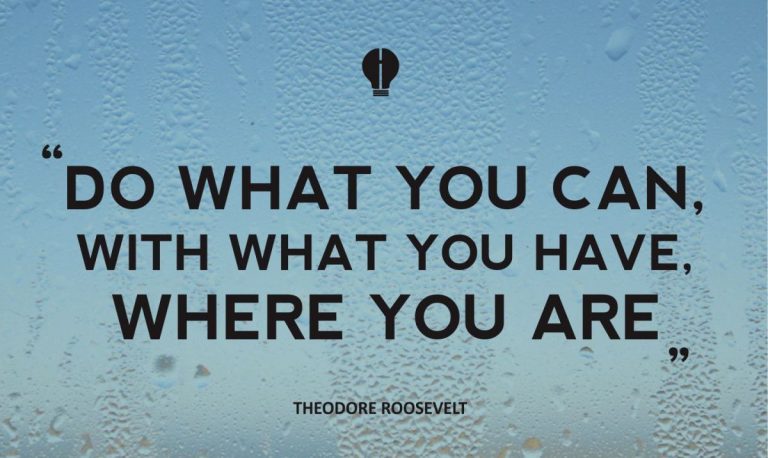 00
00
-20% after registration
The Big Book of Psychological Practices for Relieving Anxiety, Panic, VSD and Stress (2022)
Fedorenko Pavel Alekseevich, Kachay Ilya
502.50 rub.
-20% after registration
Sleeping Beauty Shock Therapy: How to Build the Relationship You Dream of (2022)
Khokhlov Sergey
597.00 rub.
-20% after registration
Change your habits - become a Monster of Success! Manage your resources, time and opportunities (2022)
Sukhova Polina Nikolaevna
559. 00 rub.
00 rub.
-20% after registration
Take control of: Fears, anxiety, depression and stress. Emotion management program (2022)
Fedorenko Pavel, Kachay Ilya
RUB 579.00
-20% after registration
Be happy, not comfortable! How to stop being a victim, escape from times (2022)
Satya Das
$487.50
-20% after registration
How to change your mindset, accept yourself and become happy. Cognitive Behavioral Therapy (2021)
Fedorenko Pavel Alekseevich, Kachay Ilya
444.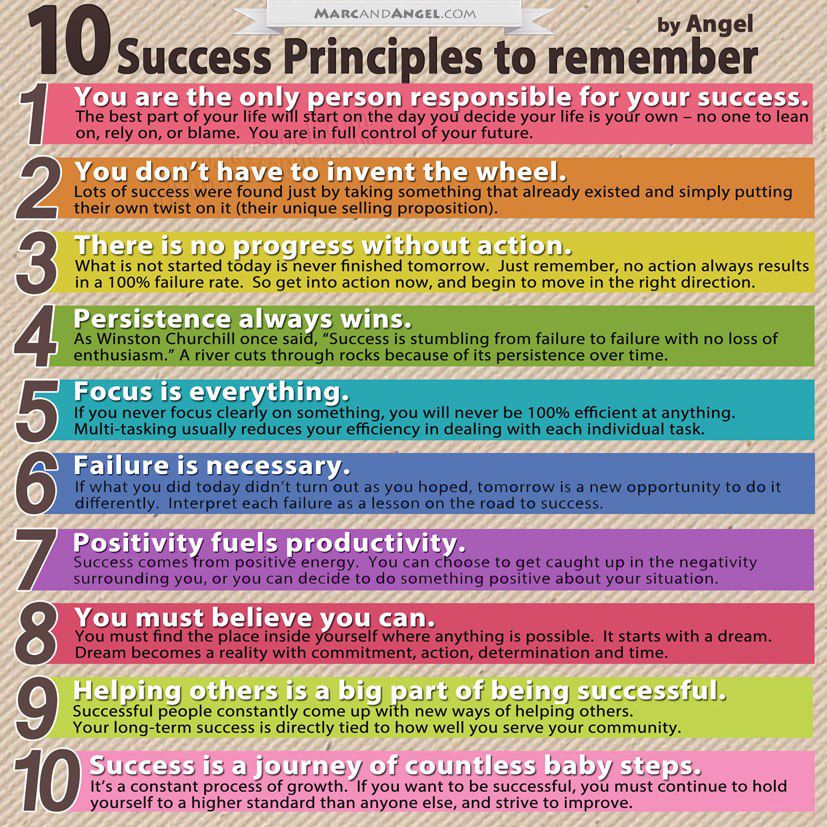 50 rub.
50 rub.
-20% after registration
Earnings on the Internet. Secrets, tips, proven algorithms (2021)
Severyanin Matvey, Naiko Elena
420.50 rub.
-20% after registration
Carnegie. All methods of communication in diagrams and tables. Express course (2021)
Moss Douglas
RUB 474.00
-20% after registration
Charge your brain! Accumulator simulators for those who want to think quickly and efficiently (2021)
Mighty Anton
$509. 50
50
-20% after registration
Happiness of our time (2021)
Valeev R.T.
536.50 rub.
-20% after registration
Peace, only peace! How to control nerves, emotions and mood (2021)
Fedorenko P.A.
$417.50
-20% after registration
Women's Destiny: How to Stop Controlling and Start Inspiring (2019G.)
Kochkin P., Kuzechkin A.
RUB 358.00
-20% after registration
Unlock the superpowers of your brain.
 Genius Lessons: Plato, Leonardo da Vin (2019)
Genius Lessons: Plato, Leonardo da Vin (2019) Mighty Anton
370.50 rub.
-20% after registration
Brain Trainer. Techniques of intelligence agents - the development of intelligence, memory (2019)
Mighty Anton
RUB 312.00
-30% after registration
Strength of will. Unique training method (2017)
Mighty Anton
See all
RUB 624.00
-20% after registration
I allow myself to live (2023)
Julia Romanova
RUB 533.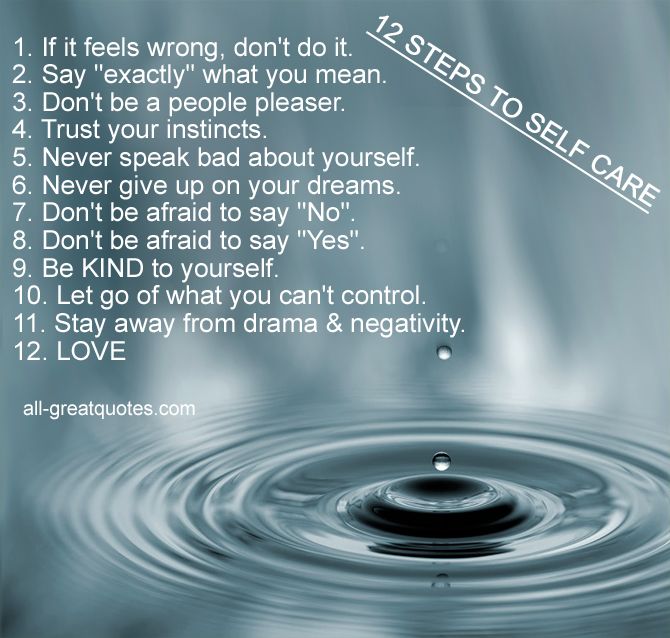 00
00
-20% after registration
Just love yourself. 12 steps to sustainable self-esteem (2022)
Levopetrovskaya Alisa
747.50 rub.
-20% after registration
Key to yourself. Managing Anger (2021)
Rashell Loman
870.50 rub.
-20% after registration
Marina Melia method. How to increase your strength (2022)
Melia Marina
484.00 rub.
-20% after registration
There are only idiots around.
 If you think so, maybe you don't. (2022)
If you think so, maybe you don't. (2022) Erickson Thomas
RUB 740.00
-20% after registration
Just calmness. Evidence-Based Practices to Help Manage the Stress of Everyday Life (2022)
Jennifer Walkin
$779.40
-30% after registration
The psychology of persuasion. 50 proven ways to be persuasive (2018)
Noah Goldstein
162.20 rub.
-30% after registration
My great-grandmother's experience (2014)
Norbekov Mirzakarim Sanakulovich
RUB 1428. 00
00
-20% after registration
Living brain. Surprising facts about neuroplasticity and the capabilities of the brain (2023)
David Eagleman
RUB 787.00
-20% after registration
Bad self-esteem. Don't let yourself be fooled. Red pills for everyone (2022)
Ellis Albert
245.50 rub.
-20% after registration
The psychology of lies. Lie to me if you can (2019)
Ekman P.
$1364.50
-20% after registration
Thinking systematically.
 Change yourself and make the world a better place with intelligence (2022)
Change yourself and make the world a better place with intelligence (2022) Tseren Tserenov, Anna Lubenchenko
597.00 rub.
-20% after registration
Psychoanalysis. The art of healing the psyche. Psychopathology of everyday life. Beyond the Pleasure Principle (2023)
Freud Sigmund
RUB 867.00
-20% after registration
First hour. How to spend the first hour in the morning to get more done while staying energetic all day (2023)
Evgeny Khodchenkov
573. 50 rub.
50 rub.
-20% after registration
Nectar for the soul. A book about fate, happiness and the meaning of life (2022)
Dubkovskiy Vladimir, Dubkovskaya Valeriya
410.00 rub.
-20% after registration
Happy life guide (2021)
Shadurko Natalia Vladimirovna
185.80 rub.
-30% after registration
Eysenck tests. I.Q. Megamind. Unleash the power of your intellect (2016)
Eisenk G.
RUB 882.00
-20% after registration
You are good enough.
